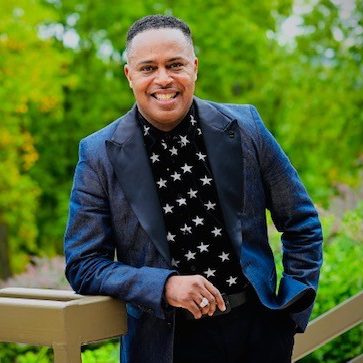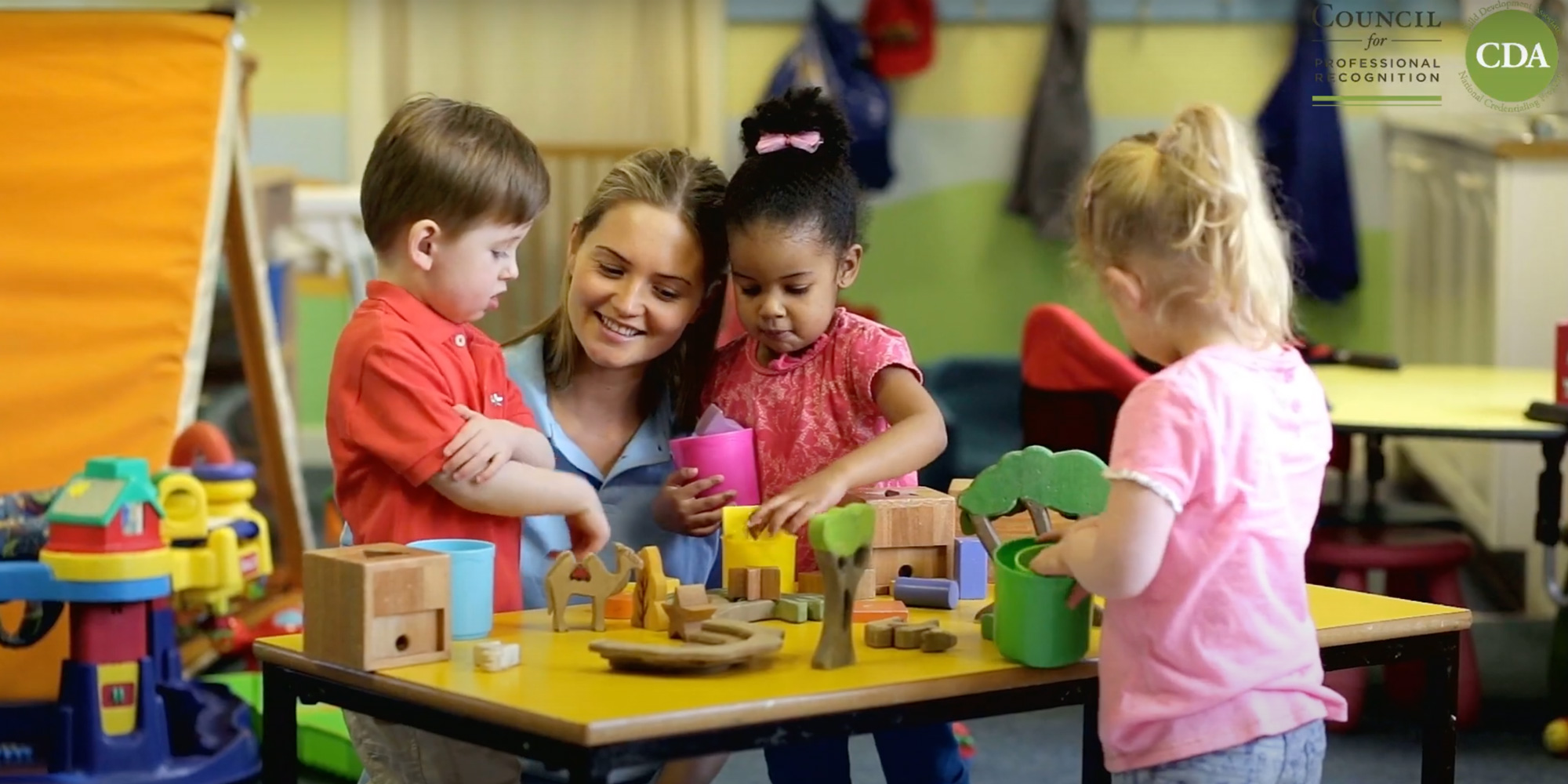When three in 10 candidates who sign up for your program don’t make it to the end, you know you have a problem.

“We had a huge attrition rate,” acknowledges Dr. Calvin E. Moore, Jr., CEO of the Council for Professional Recognition, which awards Child Development Associate (CDA) credentials. “I really wanted to unpack why so many folks never complete the process.”
As the nation wakes up to the importance of the workforce that educates young children and keeps them safe and protected, Moore and the Council have embarked on a sweeping reimagination of the credentialing process, making use of a design-thinking approach that prioritizes equity and access. Ultimately, the initiative could bring more talent into the field at a time when it is needed more than ever.
👉 Reimagining the CDA Credential Process
In the past 37 years, the Council has awarded nearly a million CDAs. Maintaining the standards of early educators and measuring their competencies help families and communities to feel confidence in the professionals trusted to facilitate the brain development of young children. These standards apply to preschool centers, family child care and home-visitors, so getting them right matters.
Upon joining the organization in May 2020 as Interim CEO, Moore realized, “The status quo was not really efficient for candidates or for the council staff.” The board supported his commitment to listen to stakeholders and to heed their voices.
Dr. Moore’s career began with the Jefferson County Committee for Economic Opportunity in Birmingham, Ala., where he worked as a teacher’s aide. As the organization’s first CEO who has a CDA certification, he has a unique perspective on the value of the credential as well as the potential to make it an even more powerful lever for the sector. “The CDA process jump-started my own career and made me feel more deeply connected to it,” he says.
Inspired by Daniel Coyle’s 2018 book The Culture Code: The Secrets of Highly Successful Groups (see sidebar), Dr. Moore dedicated himself to “using this period of transition as a way to crystallize our purpose.” To begin, the Council commissioned BCT Partners—a New Jersey-based consulting firm that counts the federal Head Start program among its clients—to facilitate what Dr. Moore describes as “an iterative process that allowed us to challenge our assumptions and define our program.” This work entails surveys, focus groups and interviews to gather perspectives from those using the system.

In other words, it involves design thinking, defined by Tim Brown of IDEO as “a human-centered approach to innovation that draws from the designer’s toolkit to integrate the needs of people, the possibilities of technology and the requirements for business success.”
“Reimagining systems is essential for organizations that want to scale and grow,” says BCT’s Lawrence M. Hibbert. And wholesale, holistic reimagining doesn’t happen in silos. Alongside the credentialing initiative, the Council is also collaborating with the Children’s Equity Project at Arizona State University. Dr. Shantel Meek has been leading the effort, making sure that the latest and greatest information around equity is applied to Council publications as well as the national CDA standards. Reinforcing the Council’s partnership the National Association for the Education of Young Children (NAEYC) has been another priority. The Council also starts high schoolers on the path to early childhood education careers.
- “Exchanges of vulnerability, which we naturally tend to avoid, are the pathway through which trusting cooperation is built.” [Read more]
“Design thinking begins with empathy,” Hibbert explains. “Who is your user? What is it like to be in his or her shoes?” Subsequent steps in the process are defining the users’ needs, ideating new and challenging concepts, prototyping solutions and testing them out.
Technology has been a recurring theme in the responses. “Candidates had a hard time getting answers to their questions and finding the resources they need,” says Moore. “Depending on what part of the country they were in, some have had internet issues or lack of access to the internet.” Many of the responses detail problems scheduling assessments in Pearson VUE Centers—a pain point that became even more painful during the pandemic. Possible solutions, says Dr. Moore, include an online-proctored exam, where someone can take the exam in their home, or at an office or at the library.
While technology is holding candidates back, it also holds powerful solutions. Local libraries were revealed to play a surprisingly major role. “Even if there was a community where there may not have been a large number of high school graduates or college graduates,” Moore reports, “if that community had a lot of libraries and other kinds of resources for those CDA candidates to tap into, then they did better on the assessment than communities that were resource poor.”
👉 Gain ECE Skills and Recognition
The CDA is changing to meet community and workforce needs, but access has always guided the Council’s work. “At last count,” Dr. Moore tells me, “we have done assessments in 23 different languages. If it’s a bilingual program, they can be assessed in a bilingual way. If it’s a monolingual setting, we make sure that assessment is done in the language that is being spoken at the center.”
Fresh dimensions to the credentialing process will start rolling out in 2023, but don’t expect a shiny new CDA assessment process to be unveiled like the latest model of an SUV. It’s an ongoing process, Hibbert stresses, constantly informed by practitioners.
Ultimately, it’s just like education in general. “The more you learn,” Moore says, “the more you want to know.”

Mark Swartz
Mark Swartz writes about efforts to improve early care and education as well as developments in the U.S. care economy. He lives in Maryland.



